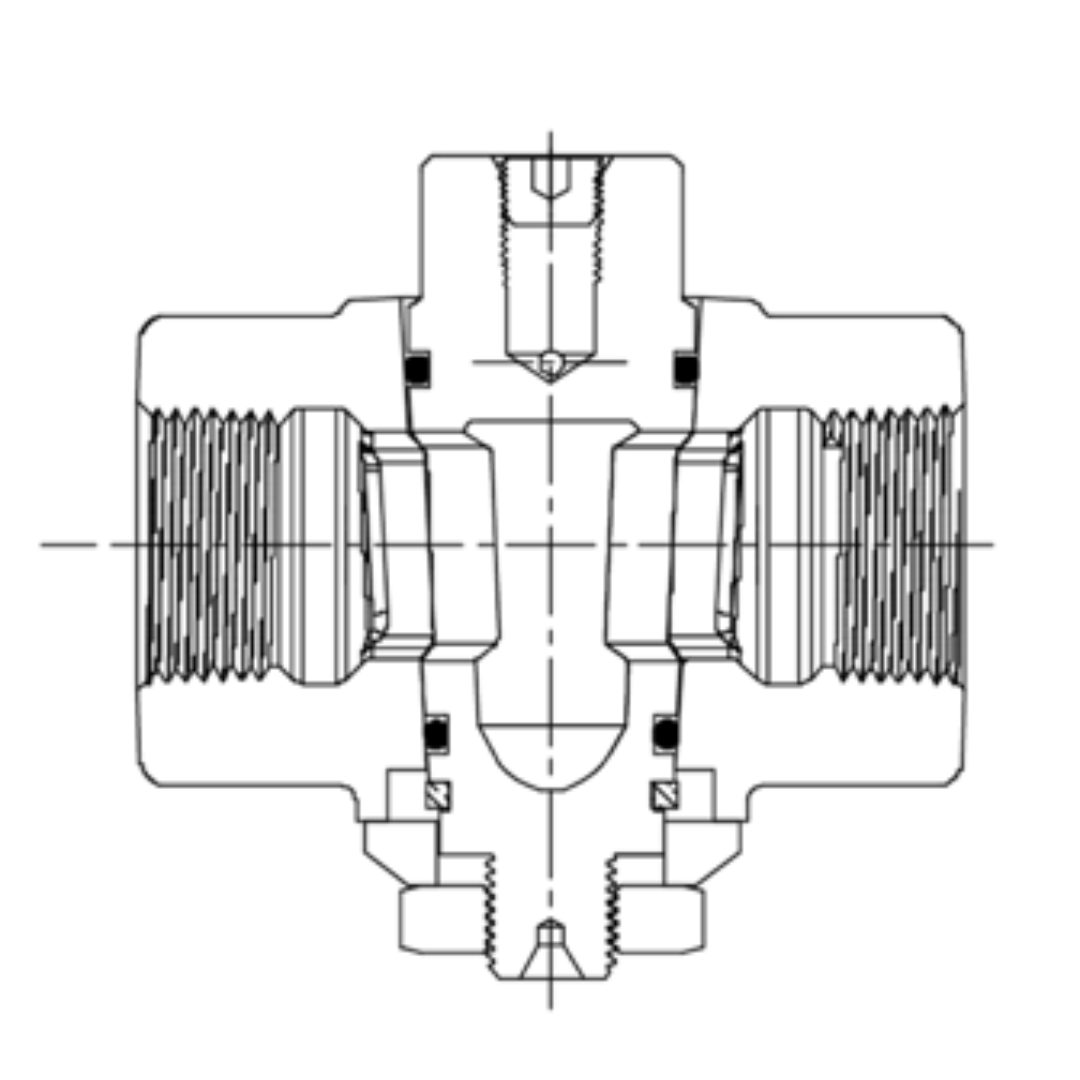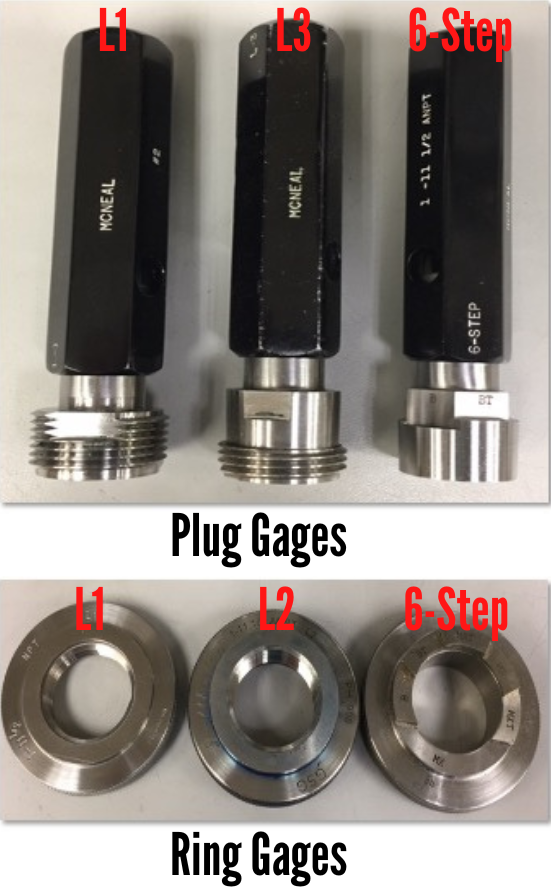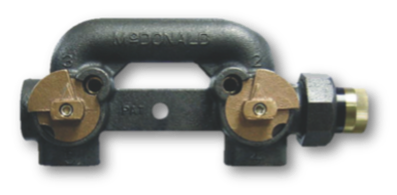NPT vs. ANPT Threads

NPT vs. ANPT Threads
The purpose of the natural gas meter set is to help provide a home or building access to this resource in a safe an efficient manner. This is done in part by threads on natural gas components’ end connections, creating a pressure tight seal which provides a compact and streamlined connection. Several gas products used in meter sets have internal and/or external thread(s) manufactured into them, which are often tapered or straight.
Threaded connections must adhere to industry standards. Valves, bars, fittings, and pipe must all be created using the same standard to make a proper connection. Below are common standards that must be followed at the natural gas meter set:
- ASME B16.33 = Manually operated metallic gas valves for use in gas piping systems up to 175 PSIG (sizes 1/2” through 2”)
- ASME B1.20.1 = Pipe threads, general purpose NPT
- ASTM B584 = Copper alloy sand castings
- ASTM A126 = Gray iron castings
- ASTM A106 = Steel pipe
- Other natural gas distribution parts comply with ANSI B16.1 and ANSI B16.5 standards regarding the design of the part

- Plug gages are used to check internal threads. These may be labeled as NPT L1, ANPT L3, and ANPT 6-step truncation gages.
- Ring gages are used to check external threads. These may be labeled as NPT L1, ANPT L2, and ANPT 6-step truncation gages.
The American National Standard Pipe Thread, or NPT thread, is a tapered thread designed to make a pressure tight seal. As previously stated, the requirements for NPT threads are spelled out in ANSI B1.20.1. The NPT thread form is similar to most other threads because it has a 60-degree thread angle. The root and the crest (or peak and valley) of the thread is truncated (flat). NPT threads are tapered to 1.78-degrees as this angle is what makes pipe threads become tight.
The Aeronautical National Pipe Taper Thread, or ANPT thread, is a tapered thread similar to NPT threads but with more stringent gaging characteristics. The requirements for ANPT threads are spelled out in SAE AS71051. While NPT and ANPT are basically the same thread in form and shape for sizes up to 2”, below is how they differ:
- ANPT threads have more specifications as ANPT uses three gages to check each thread while NPT only uses one gage. NPT threads only call out the NPT L1 gage, while ANPT have the additional ANPT L2 (or 3) and ANPT 6-step truncation gage.
- Because ANPT threads have more stringent specification and gaging requirements, they should be more consistent than NPT
- ANPT controls the taper angle of the threads, NPT does not
- ANPT controls the truncation (flat or sharp threads), NPT does not
- The gages used to check ANPT threads assures the thread length meets the wrench tight thread length in the ANSI standard, NPT does not
Due to the stringent testing and standards surrounding ANPT threads, all A.Y. McDonald natural gas components are produced with them. This means that we use all three gages (L1, L2(3), and 6-step) to check our threads, but we only market them as meeting the NPT standard (ANSI B1.20.1). To learn more about the topic, call our customer service team at 1-800-292-2737, fill out a contact us form on aymcdonald.com, or take the ‘NPT vs. ANPT Threads’ AYU course.

